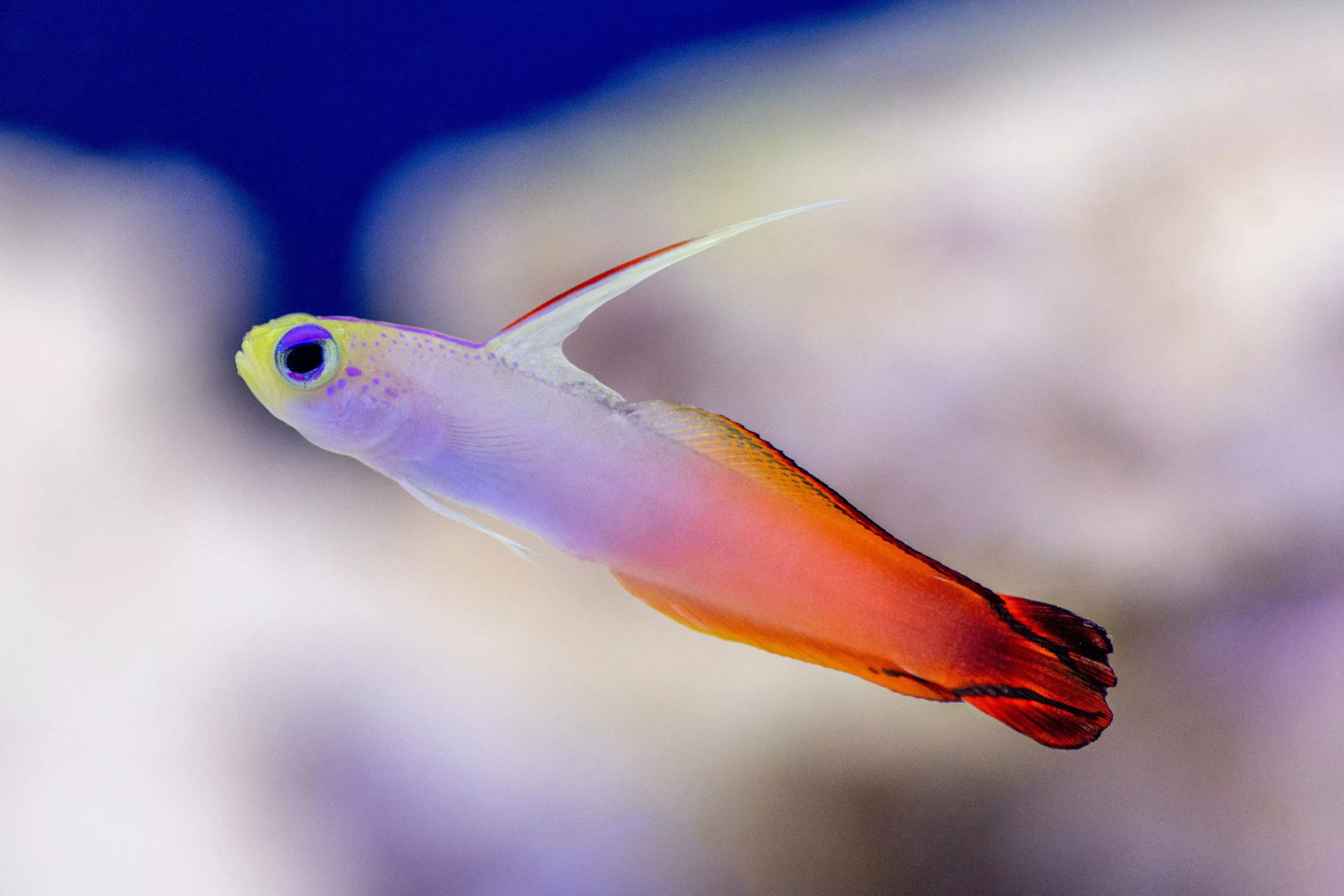Setting up a reef aquarium is an exciting venture for marine enthusiasts, but it requires careful consideration of the fish species that can thrive in such an environment. Selecting fish that are both compatible with each other and safe for corals and invertebrates is essential for maintaining a healthy and vibrant underwater ecosystem. This article will explore various reef-safe fish species, dividing them into categories based on their behavior, size, and dietary needs.
When considering marine fish for a reef tank, angelfish can be a central feature due to their vibrant colors and dynamic personalities. However, not all angelfish are suitable for this type of environment. Larger species, such as the emperor angelfish (*Pomacanthus imperator*), pose a threat to corals and shrimp, which makes them less than ideal for reef settings. Even smaller or dwarf angelfish may occasionally nip at corals, particularly in confined spaces where they might feel territorial or stressed.
Among the angelfish species, the Japanese swallowtail angelfish (*Genicanthus melanospilos*) stands out as a truly reef-safe option. Other species worth considering include the Coral Beauty Angelfish (*Centropyge bispinous*), Flame Angelfish (*Centropyge loriculus*), and Fisher’s Angelfish (*Centropyge fisheri*). These options not only bring a burst of color to your aquarium but also exhibit gentle dispositions, making them compatible with a variety of tankmates if feng shui is properly established through regular feeding and tank maintenance.
Clownfish are another popular choice for reef aquariums, celebrated for their playful demeanor and striking coloration. However, aquarium keepers should be aware of potential aggression levels in certain species. While most clownfish, such as the False Percula (*Amphiprion ocellaris*) and True Percula (*Amphiprion percula*), tend to maintain a non-aggressive demeanor, species like the maroon clownfish can become territorial and aggressive as they mature, which may lead to complications in a community tank.
To ensure group harmony, consider keeping clownfish in pairs or small groups, as these fish often thrive in the company of their own kind. However, it’s essential to provide adequate space and hiding spots within the habitat to mitigate confrontations, especially if they are housed alongside less dominant species.
Gobies represent a diverse group of reef-safe fish, known for their beneficial roles in maintaining tank cleanliness. They can be categorized based on their behaviors: sand sifting gobies, shrimp gobies, and small gobies. Sand sifting gobies, such as the Diamond Watchman Goby (*Valencienna puellaris*), are highly regarded for their habit of sifting through substrate, thus aerating it while keeping the tank tidy.
Shrimp gobies, such as the Diagonal Bar Prawn Goby (*Amblyeleotris diagonalis*), exhibit a fascinating symbiotic relationship with shrimp, leveraging each other’s strengths for food and protection. Small gobies, like the Green Clown Goby (*Gobiodon atrangulatus*), add vibrant color and charm, remaining small in size and adaptable to most reef environments.
Blennies, while often overlooked, also serve essential roles in algae management, keeping tanks clean of excessive growth. It’s important to tailor your selection of gobies and blennies to fit the overall dynamics of your aquarium, keeping in mind their dietary needs and natural behaviors.
Surgeonfish play a crucial role in managing algal populations within a reef tank due to their herbivorous diets. Species like the Yellow Tang (*Zebrasoma flavescens*) and Pacific Blue Tang (*Paracanthurus hepatus*) are particularly effective at grazing on algae, helping to maintain a balanced environment conducive for corals and other invertebrates.
However, one must be cautious about the potential size these fish can reach; many tangs require ample swimming space. Planning for future growth is vital when selecting these species. If you’re looking to create a thriving, visually stunning reef tank, including several surgeonfish can help enhance the overall health of your aquarium while adding dynamic movement and color.
Curating a reef aquarium requires knowledge and reflection on the species you choose. By understanding the habits, dietary requirements, and compatibility of various fish, you can ensure your underwater world remains vibrant and healthy. So whether you’re drawn to the elegance of angelfish, the charm of clownfish, or the hardworking gobies and surgeonfish, the right selections will illuminate your aquarium and create a captivating marine ecosystem for all to enjoy.

